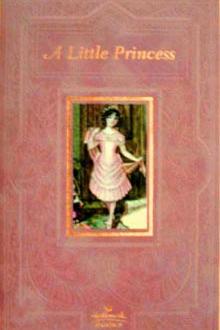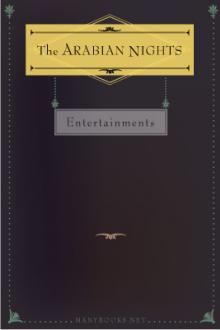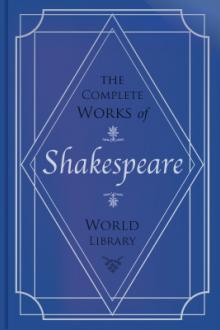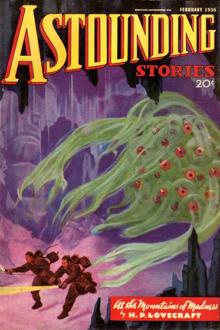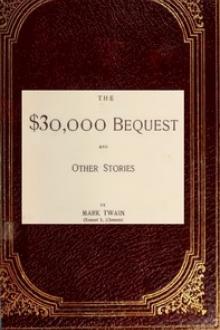The Dakotan Languages, and Their Relations to Other Languages
Book Excerpt
[Footnote B: In S. hd, Yankton kd, T. gl; S. hn, Y. kn, T. gn or gl; S. hm, Y. km, T. gm.]
[Footnote C: In S. md, Y. bd, T. bl.]
[Footnote D: In a previous paper I represented this by kh; and do not know whether it is nearest Dak kh German ch, or Dak gh; I E gh.]
[Footnote E: Santee d always becomes l in Titon.]
[Footnote E: Dak y becomes r, d, l or n in the allied languages, except perhaps the Osage, and perhaps in part represents I E r.]
[Footnote F: In Minnetaree m, interchanges so freely with b and w, and d with l, n, and r, that Matthews represents each group by one letter. The same irregularity occurs largely in Crow, and somewhat also in Mandan.]
Ch as in chin very often occurs in Dak as a euphonic modification of k. Otherwise it stands chiefly for d, r, l, n of the allied languages. On the other hand Win and Iowa ch usually represents Dak, and I E t. R is found in all the allied languages, and in Winnebago is more frequent than even in Icelandic. Iowa
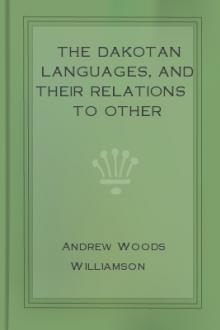
 Free Download
Free Download














